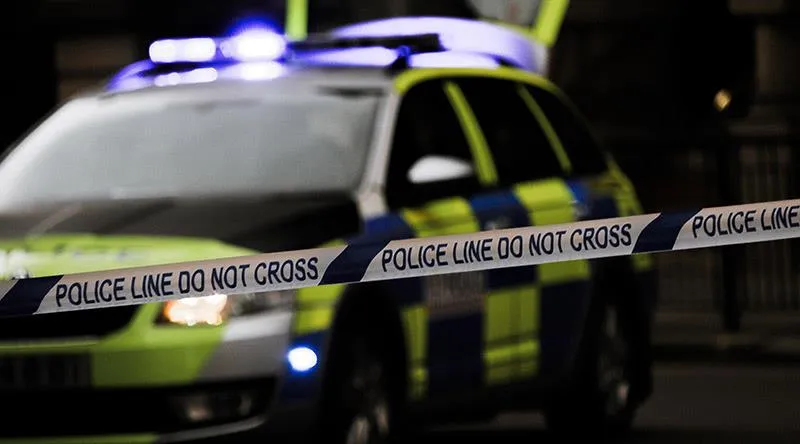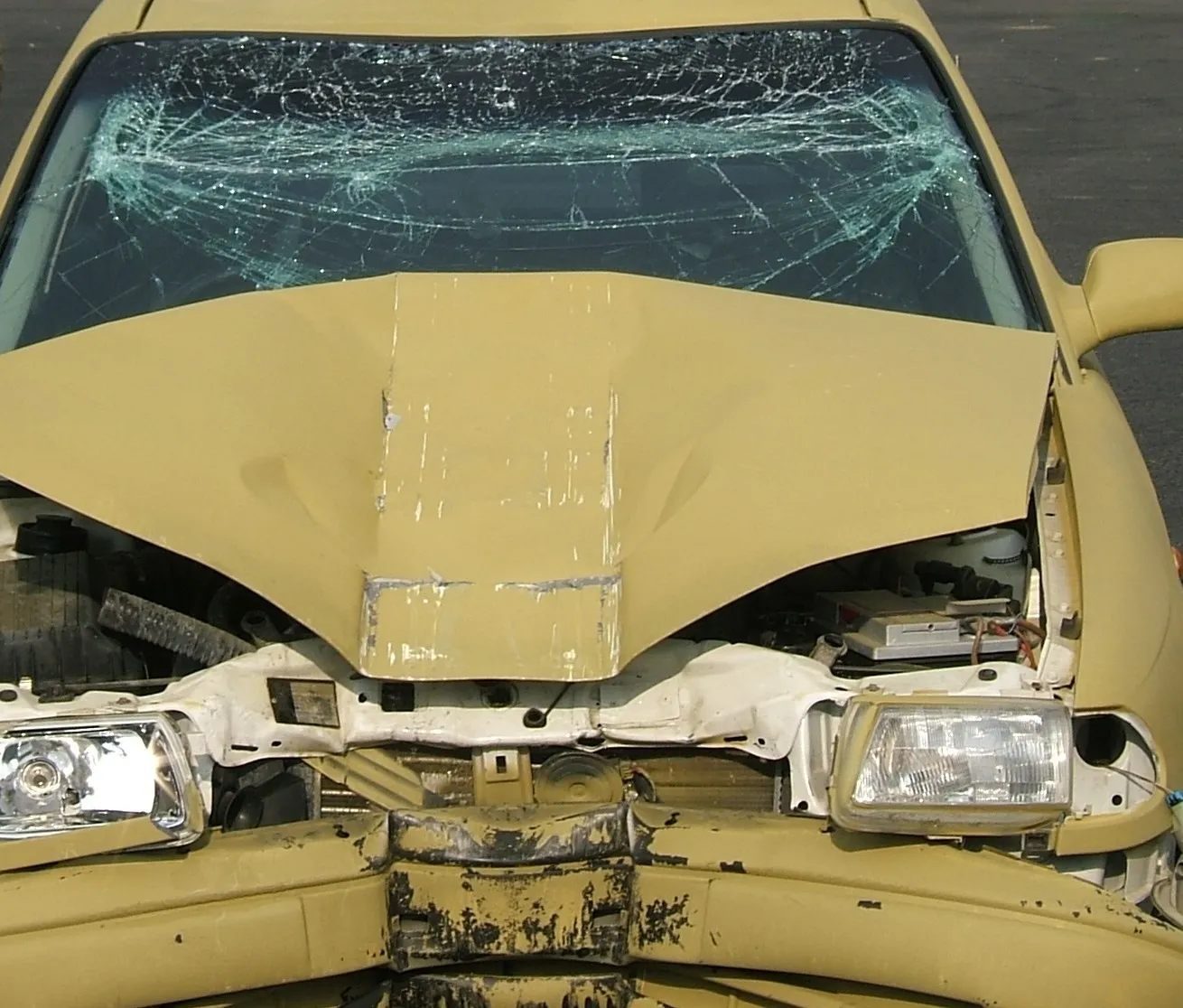The US Department of Transportation reports that road deaths fell by 9.7% to 33,808 in 2009, compared with 37,423 in 2008.
March 1, 2012
Read time: 1 min
The 2364 US Department of Transportation reports that road deaths fell by 9.7% to 33,808 in 2009, compared with 37,423 in 2008. Traffic deaths in the US are now at the lowest level since 1950. Analysts say the drop reflects improved safety features in cars, better enforcement of drink driving laws and more people wearing seat belts.
The rate of deaths per 160 million km travelled dropped to a record low of 1.13 deaths in 2009. Alcohol-impaired driving deaths were also down 7.4% to 10,839, while motorcycle fatalities dropped 16% to 4,462. The estimated average distance travelled by motorists rose 0.2%.
The rate of deaths per 160 million km travelled dropped to a record low of 1.13 deaths in 2009. Alcohol-impaired driving deaths were also down 7.4% to 10,839, while motorcycle fatalities dropped 16% to 4,462. The estimated average distance travelled by motorists rose 0.2%.








